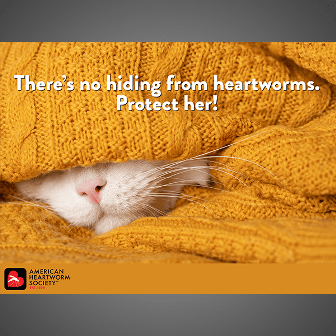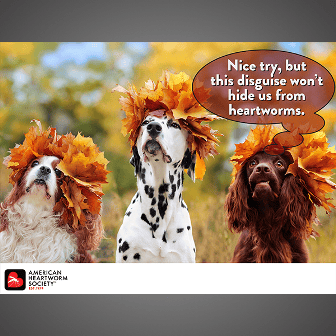The treatment of adult heartworm (Dirofilaria immitis) infection in dogs has changed significantly since the days when veterinarians’ only option was injectable thiacetarsamide sodium. First, the introduction of melarsomine dihydrochloride in the mid-1990s revolutionized the treatment of adult heartworm infection by providing superior efficacy via intramuscular administration.1 The next great leap forward in heartworm treatment came with the discovery that some filarial worms harbor a type of bacteria, Wolbachia, and that elimination of these bacteria proved beneficial to the animal and reduced the complications of disease.2







